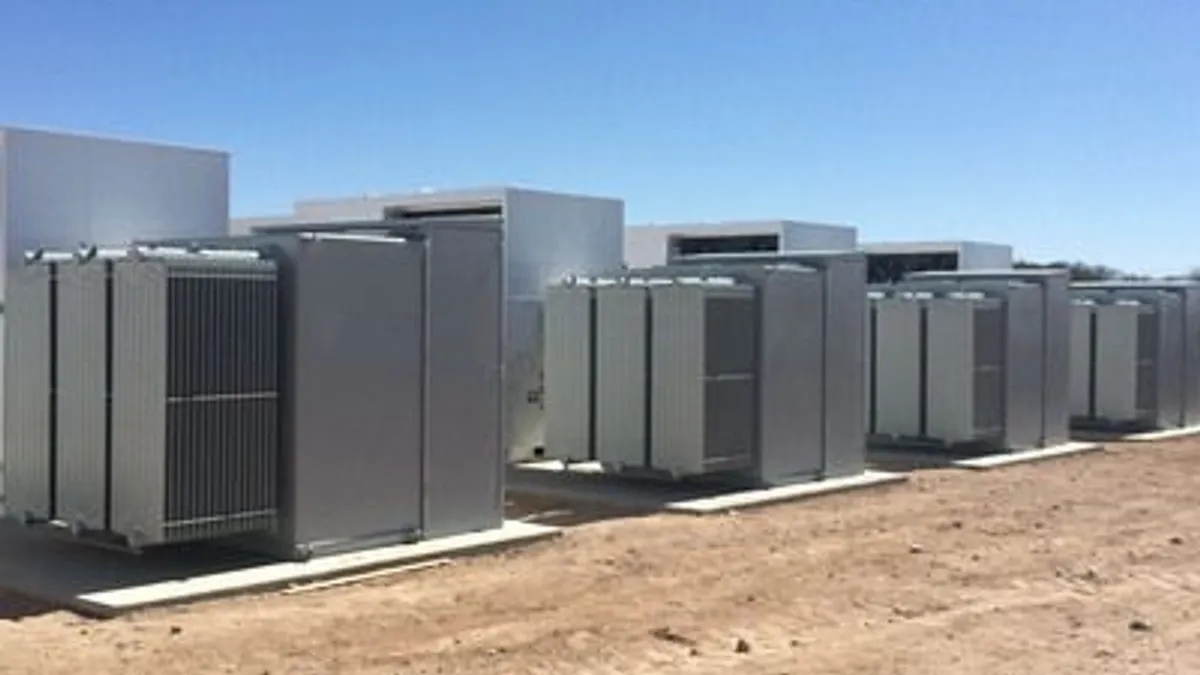Dive Brief:
- The California Public Utilities Commission last week approved new market rules for energy storage aimed at enabling the resources to stack incremental value and revenue streams through the delivery of multiple services to the wholesale market, distribution grid, transmission system and other venues.
- Regulators say the previous rules meant battery assets were unable to realize their full economic value, but the changes will help ensure correct pricing and improved economic viability.
- The CPUC's decision adopted 11 interim rules that may yet be further refined. They stipulate that resources interconnected in the customer domain "may provide services in any domain."
Dive Insight:
Energy storage's unique operating characteristics — it can be load or supply — have made market participation a complicated problem. But California now has interim rules designed to address some of the difficulties and to ensure storage resources are providing all the services they can while also being properly valued.
In the order, the CPUC acknowledged that current market rules, including utility standard contracts and program tariffs, fail to support the ability of an energy resource to access more than one service. Known as "stacking," it would include incremental values to the wholesale market, distribution grid, transmission system, resource adequacy requirements and customers.
"As a result, energy storage cannot realize its full economic value to the electricity system even though it may be capable of providing multiple benefits and services," according to the CPUC order.
The order adopted 11 interim rules, which state that "resources interconnected in the customer domain may provide services in any domain." Resources interconnected in the distribution domain may provide services in all domains except the customer domain, with the possible exception of community storage resources.
"Resources interconnected in the transmission domain may provide services in all domains except the customer or distribution domains," the rules continued. Resources interconnected "in any grid domain may provide
resource adequacy, transmission and wholesale market services."
A report from Brattle Group last year identified regulatory barriers that needed to be addressed to realize the full potential of value stacking. The report, titled Stacked Benefits: Comprehensively Valuing Battery Storage in California, was prepared for Eos Energy Storage with funding from the California Energy Commission.
The report concluded further clarification on policies are necessary, including aggregation requirements for wholesale market participation, limits on net exports of energy to the grid and prioritizing dispatch control when a battery is being operated to provide multiple sources of revenue.














